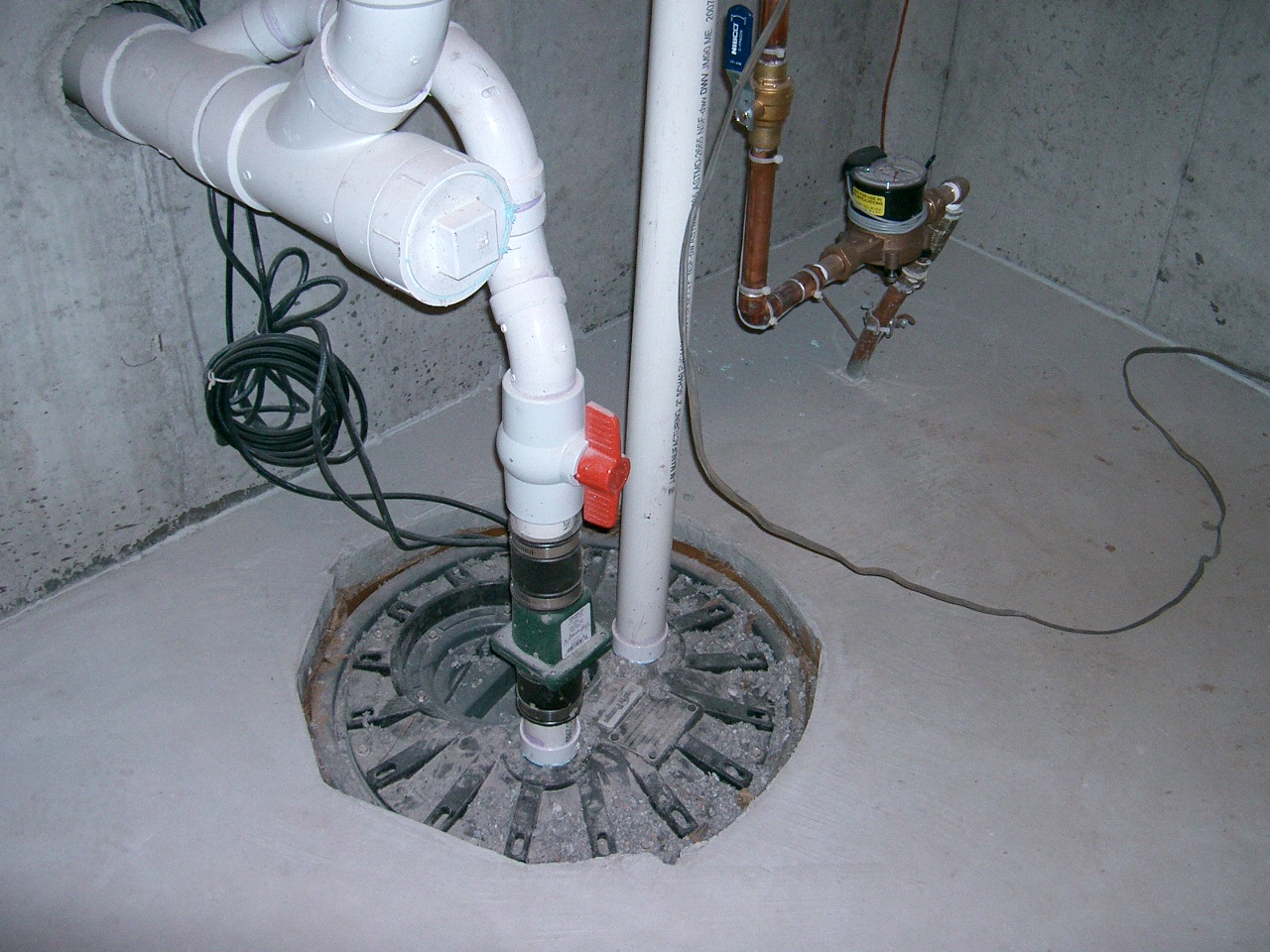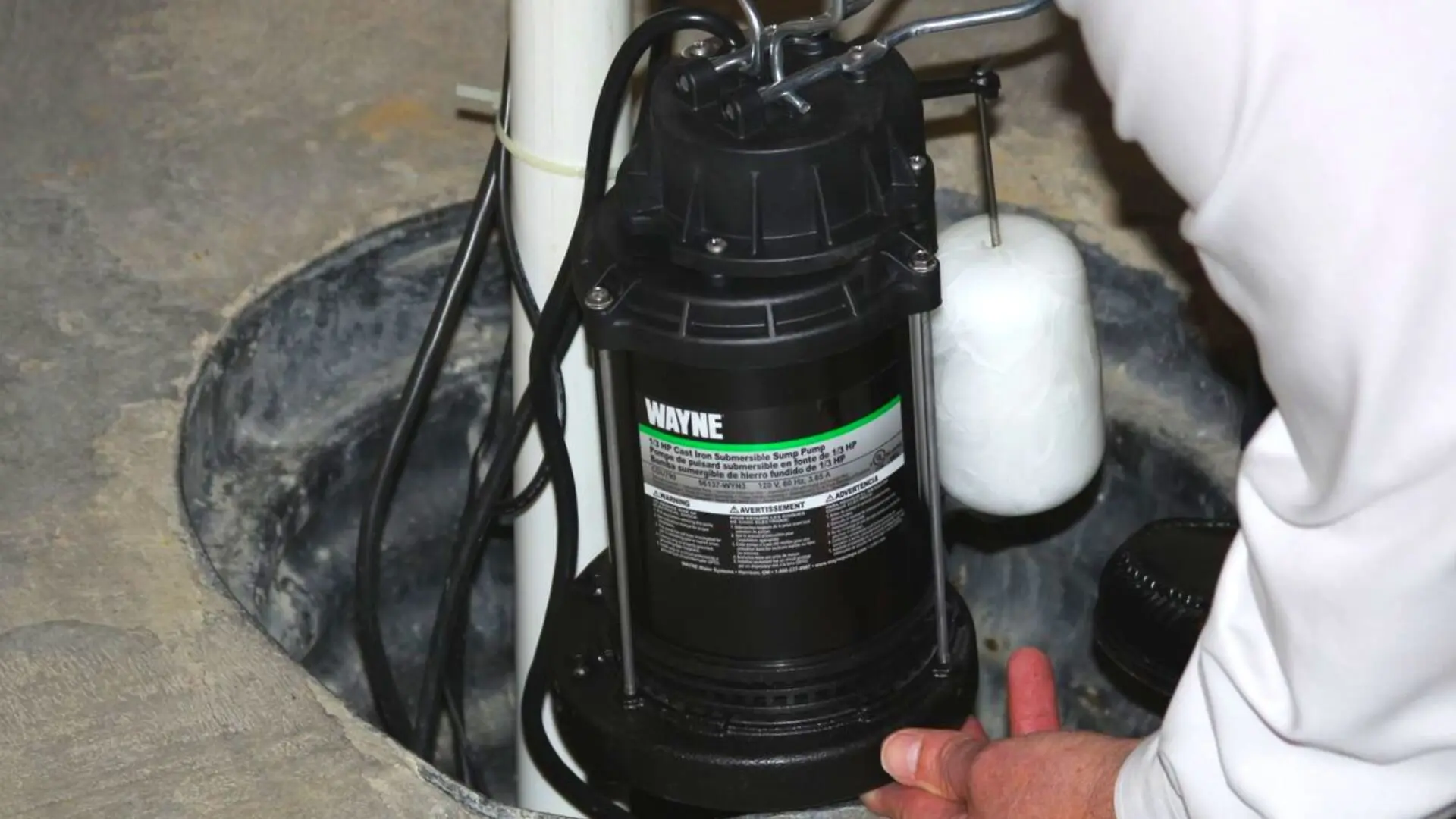The writer is making a few great pointers on the subject of How To Effectively Clean A Sump Pump as a whole in this great article further down.

Sump pumps are essential parts in numerous homes, especially in locations prone to flooding or excessive dampness. They help protect against water damage by efficiently eliminating excess water from basements or crawl spaces. However, like any other device, sump pumps call for routine upkeep to guarantee they work successfully when required the most. Cleansing your sump pump is a crucial part of its upkeep, and understanding exactly how to do it appropriately can save you from pricey fixings and potential calamities.
Intro
Maintaining a tidy sump pump is important for its correct performance and durability. Neglecting this vital job can lead to blockages, breakdowns, and eventually, water damages to your home. For that reason, learning just how to clean a sump pump is crucial for house owners who count on these devices to maintain their cellars dry and secured.
Indicators of a Dirty Sump Pump
Understanding when your sump pump needs cleaning is critical for preventing potential malfunctions. Some usual indications that indicate an unclean sump pump consist of unusual noises throughout procedure, lowered water circulation, and noticeable debris in the pit. If you notice any of these symptoms, it's necessary to clean your sump pump quickly to avoid any further concerns.
Planning for Cleansing
Before you start cleaning your sump pump, it's necessary to take some safety preventative measures. Beginning by turning off the power to the pump to avoid any kind of electric mishaps. In addition, put on ideal safety gear, such as gloves and goggles, to protect on your own from dust, debris, and potential virus.
Recognizing the Sump Pump
Before diving right into the cleaning process, it's vital to have a fundamental understanding of just how a sump pump functions. Usually set up in a pit or container below the cellar floor, a sump pump includes numerous key parts, including a pump, a float button, and a discharge pipeline. When water accumulates in the pit, the float switch triggers the pump, which then pumps the water out with the discharge pipe, away from the building's foundation.
Detailed Guide to Cleaning Up a Sump Pump
Shutting Off the Power
Begin by detaching the power supply to the sump pump to prevent any type of crashes while cleansing.
Checking for Appropriate Performance
Prior to re-installing the pump, execute a quick test to ensure that the float switch activates the pump properly. Put some water into the sump pit and observe the pump's procedure. If every little thing is functioning properly, you can reassemble the pump and reconnect the power supply.
Removing Debris and Dust
Make use of a container or a scoop to get rid of any type of visible particles, dirt, or debris from the sump pit. Dispose of the particles correctly to stop it from clogging the pump or the discharge pipe.
Cleansing the Pump and Drift Switch Over
When the pit is clear of particles, meticulously remove the pump from the pit. Check the pump and the float button for any type of signs of damages or wear. Use a soft brush or fabric to clean up the surface areas and get rid of any type of accumulated crud.
Flushing the System
After cleaning the pump and float switch, purge the sump pit with tidy water to remove any staying dust or debris. This will certainly help guarantee that the pump operates efficiently and successfully.
Upkeep Tips to Maintain Your Sump Pump Clean
In addition to periodic cleaning, there are several maintenance suggestions you can comply with to maintain your sump pump in ideal problem:
Final thought
Cleansing your sump pump is a vital element of its upkeep and makes sure that it operates effectively when you require it the most. By complying with the actions described in this guide and including normal upkeep right into your routine, you can expand the life-span of your sump pump and shield your home from water damage.
6 STEPS ON HOW TO CLEAN A SUMP PUMP PROPERLY
UNDERSTANDING SUMP PUMPS
Your sump pump plays a crucial role in protecting your home by managing and removing excess water. It primarily functions as a “shield”, guarding your basement against the damaging effects of water accumulation. The pump is housed in a sump pit in the lowest part of your basement, and its job is to pump out any water that collects there.
During heavy rainfalls or when snow melts rapidly, water can infiltrate your basement, posing potential risks like flooding, structural damage, and harmful mold growth. Here, the sump pump springs into action, pumping out the intruding water and directing it away from your home.
SAFETY FIRST
Before cleaning, remember to prioritize safety. Disconnect the sump pump from the power source to prevent any accidental electric shocks. Also, wear sturdy gloves to protect your hands from any sharp or dirty components within the pump.
REMOVE THE SUMP PUMP
After ensuring your safety, the next step is to remove the sump pump from its pit. Doing this might require careful maneuvering as you don’t want to damage any pump components. Once removed, clean the sump pit to remove any accumulated debris or sludge.
INSPECT THE PUMP
Inspect the pump for any visible signs of wear or damage. Check the power cord, float switch, and impeller housing. If any components look worn out or damaged, consider replacing them to ensure optimal performance.
CLEAN THE PUMP
Thoroughly clean the pump with warm, soapy water. Make sure to rid it of any dirt, gravel, or other debris that might impede its performance. You can use a toothbrush to clean the small, hard-to-reach parts of the pump.
REINSTALL THE SUMP PUMP
Reinstall the pump into the sump pit Make sure it’s positioned correctly to remove the water effectively Once it’s back in place, reconnect it to the power source TEST THE PUMP
Finally, pour some water into the pit to ensure the pump works correctly. It should start automatically and begin pumping out the water; if it doesn’t, check the power source and the positioning of the pump.
Remember, while cleaning your sump pump is an essential part of home maintenance, hiring a professional plumber for a thorough inspection and cleaning at least once a year is also important. This will ensure that your pump is in optimal condition, ready to protect your home from potential water damage.
BEST PRACTICES FOR CLEANING SUMP PUMP DISCHARGE PIPES
Regular Inspection: Regularly inspect your discharge pipes, especially during heavy rainfall or snowmelt periods. Look for any signs of blockage or damage. Early detection of problems can prevent serious issues down the line. Periodic Cleaning: Over time, sediment and debris can accumulate in the discharge pipes, impeding the flow of water. Regular cleaning helps keep the pipes clear and functioning efficiently. You can use a high-pressure water jet to effectively clean the pipes. Insulation During Winter: In colder climates, discharge pipes can freeze, blocking the outflow of water. Protect your discharge pipes from freezing temperatures by insulating them with foam pipe insulation. This will ensure the sump pump can continue to discharge water even in freezing conditions. Proper Positioning: The discharge pipe should be positioned to direct water away from your home’s foundation. Improper positioning can lead to water seeping back into the basement. Ensure the pipe is long enough and angled correctly. Installation of a Check Valve: A check valve prevents water from flowing back into your sump pit after the pump has pushed it out. Installing a check valve helps maintain the efficiency of your sump pump and reduces the risk of flooding. Minimize Pipe Turns: Every curve or turn in the discharge pipe can decrease the efficiency of water flow. By minimizing turns and bends in your discharge pipe, you can increase the efficiency of your sump pump. https://www.fullspeedplumbing.com/how-to-clean-a-sump-pump-properly9999/

Do you appreciate more info about Keep Your Sump Pump Clean, It'll Keep You Dry? Make a short review down the page. We'd be pleased to see your views about this write up. We are looking forward that you come back again soon. If you appreciated our post plz don't forget to share it. Kudos for your time. Revisit us soon.
Click Here